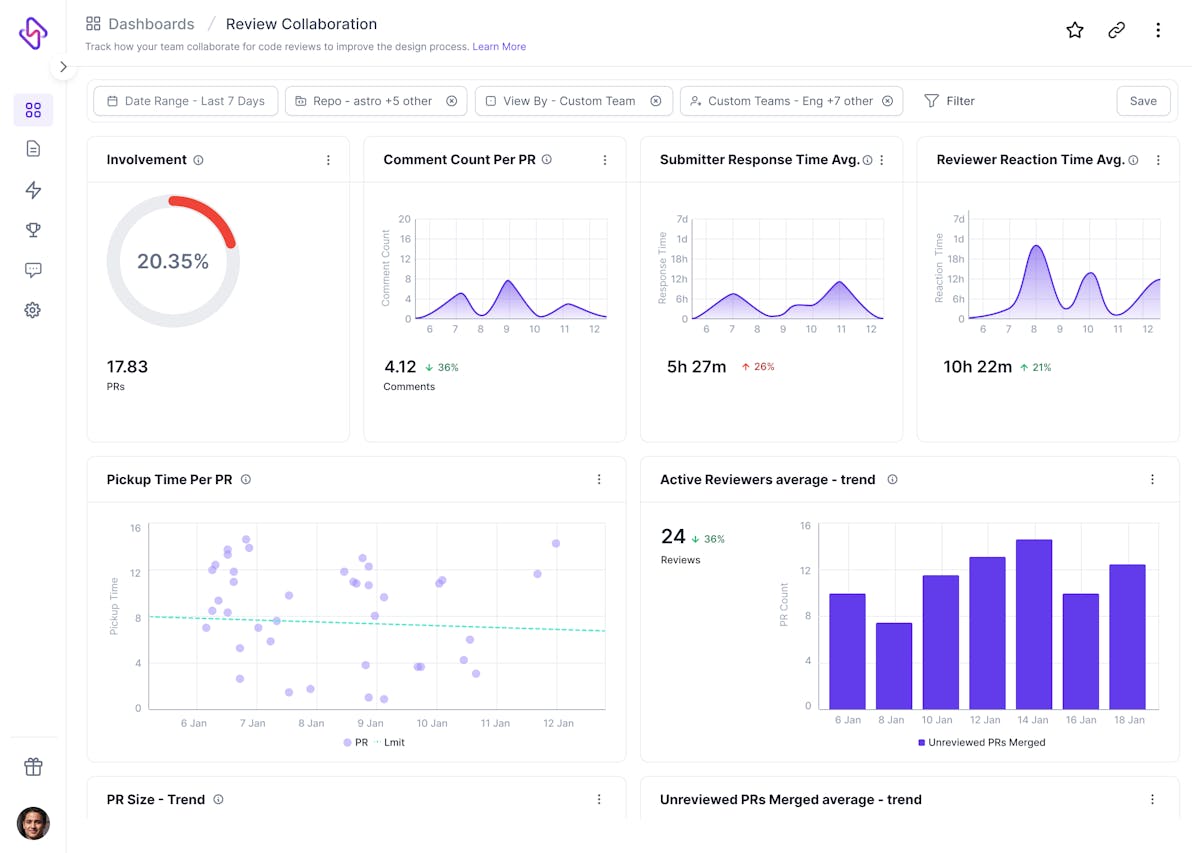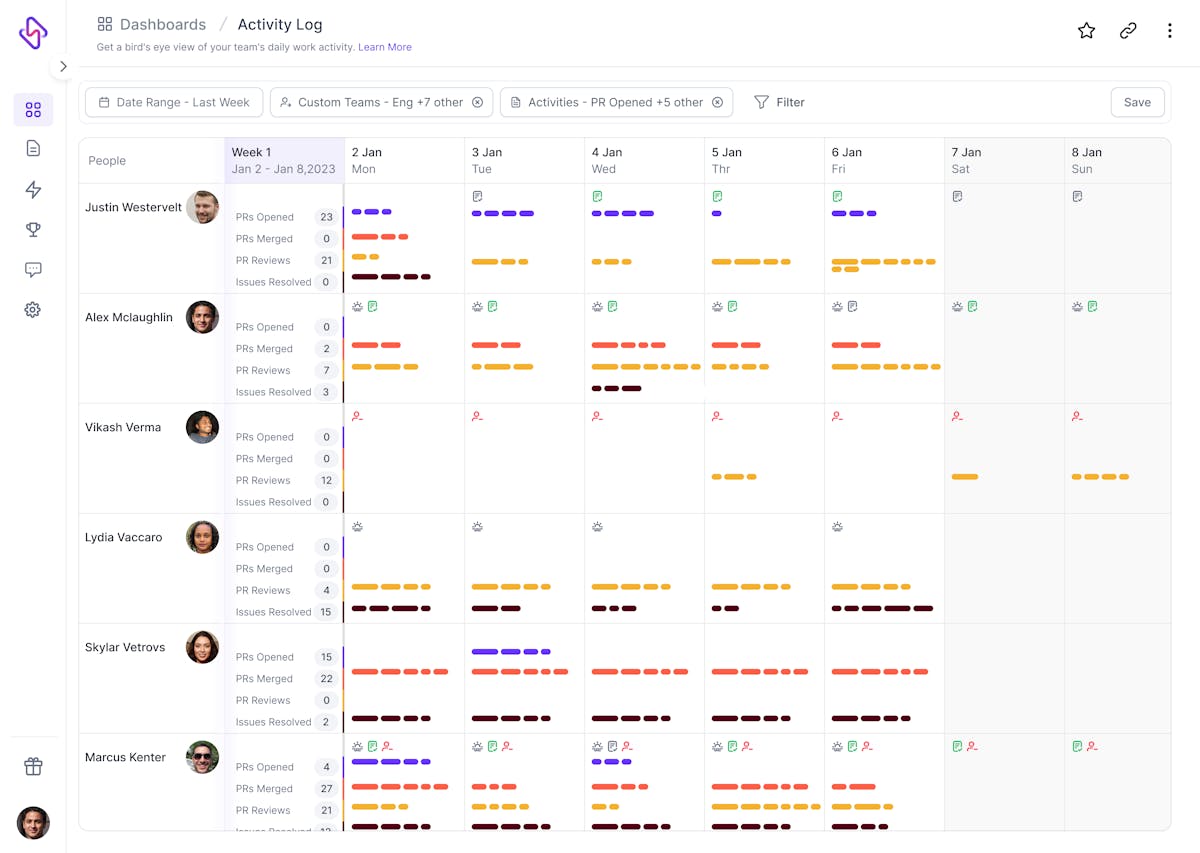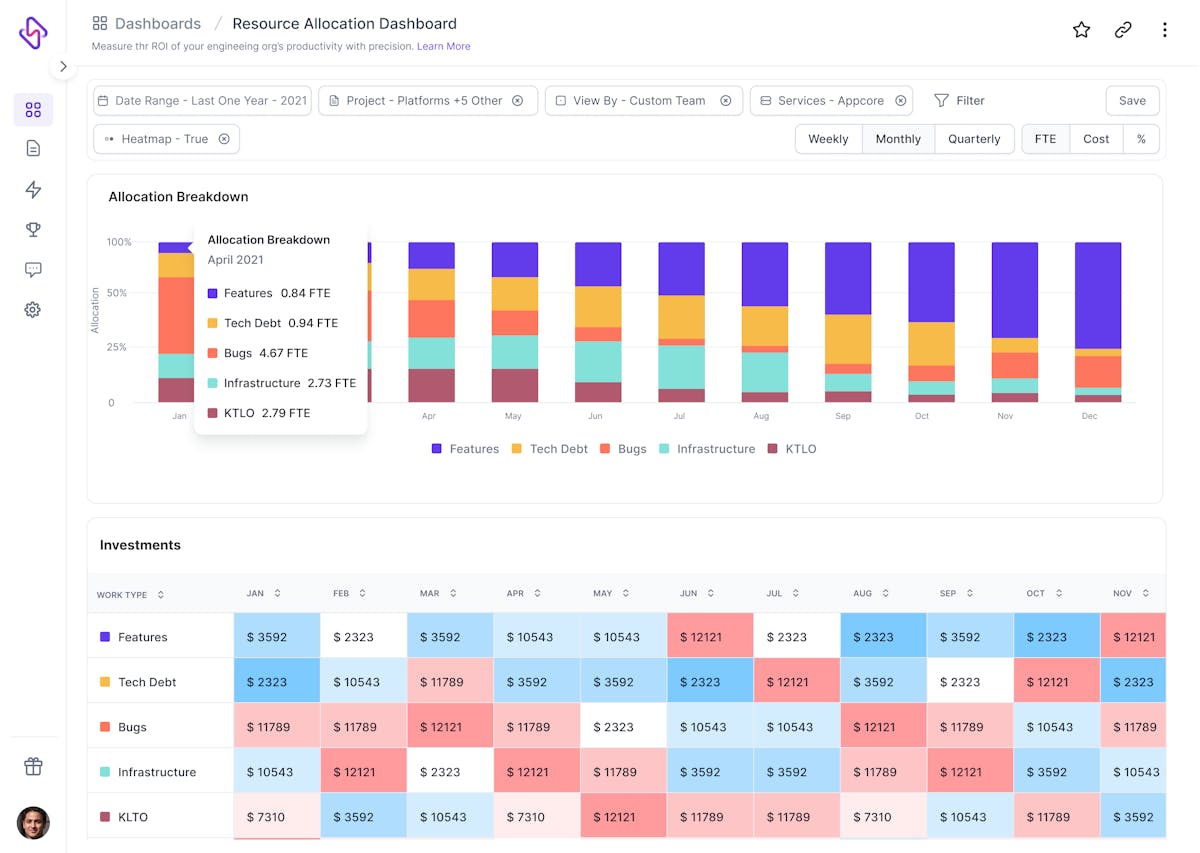Ever feel like your engineering team hits a wall of silence when brainstorming? Or maybe you've noticed some amazing ideas getting brushed aside for reasons that don't quite add up? Well, there might be a sneaky culprit at play – bias.
Bias, whether conscious or unconscious, can act like a barrier, blocking new ideas, processes or technologies before they even get an opportunity to prove their worth.
The good news? There are ways to reduce bias and set your engineering team up for success. In this blog post, we'll explore the different types of unconscious biases that can impact engineering teams, but most importantly, we’ll discuss how to overcome and reduce them.
But first, let's start with a basic question: what does bias look like in an engineering team?
How Does Bias Look Like Within An Engineering Team?
Bias exists in every decision-making. It comes from our past experiences, and previous situations while dealing with various teams and diverse team members. In certain cases, bias towards particular subjects and situations is a part of our intrinsic thought process. , And hence engineering teams are no exception.
While seemingly harmless, these unconscious biases can have a significant negative impact on your engineering team's effectiveness and innovation. While companies are actively addressing identity-based biases with DE&I programs, another layer of bias can significantly hinder innovation: experience-based bias, which often goes unnoticed, and most of the time, they’re barely even addressed.
Experience is a double-edged sword within any engineering team. Past experiences and intuition equip teams with valuable knowledge, but they can also create a "comfort trap” and can stifle innovation in several ways:
1. Overconfidence in Past Successes
Sometimes, engineering teams get too comfortable with what's worked before. Take, for example, a team that's always used a monolithic architecture and seen great results. When a new project comes up—perhaps one that's complex and could scale quickly—they might still shy away from considering a microservices architecture, even though it could be more suitable. This hesitation is often due to a preference for sticking with what’s familiar and proven, rather than exploring potentially better options designed to tackle the new challenges.
2. Fear of the Unknown
New ideas and methodologies can be perceived as risky, especially compared to the comfort of proven approaches. This fear of the unknown can lead to dismissing potentially groundbreaking solutions that can deliver more favourable outcomes, simply because they haven't been used before.
3. Sunk Cost Fallacy
The sunk cost fallacy is a cognitive bias where we cling to past decisions – even if they're no longer the best option. Within engineering teams, the time and resources invested in learning a specific technology can create a bias towards using it, even if a better option exists. Imagine this: your engineering team has spent months developing a new feature based on a specific technology. Now, a newer, more efficient technology emerges. However, some team members are hesitant to give up all the work done and adapt to the newer, more efficient technology.
This is a classic example of the sunk cost fallacy in action.
These experience-based biases can also creep their way into resource allocation decisions.
Resources like budget and development time might be directed towards solutions that align with pre-existing biases, even if they're not the most effective approach for the current challenge.
These lead you to pay the hefty cost of bias. We explore this in the next section of the blog.
What is The Hidden Cost of Bias?
Think about it: engineering teams are already under huge pressure to deliver and keep up with new features and updates. Now picture a team so set in their ways that they won't even entertain trying something different, even if it could yield better results. That kind of inflexibility is a disaster waiting to happen.
Bias in engineering teams is like a sneaky thief and extends far beyond simply overlooking a fresh idea or neglecting a promising new technology.
And it doesn't stop there. Bias infiltrates team dynamics, creating echo chambers where everyone reinforces each other's existing beliefs. This stifles critical thinking and the exploration of new perspectives. Having set processes is good, but imagine a team so fixated on its rigid processes and execution that it completely overlooks the potential of a feature or product, thereby hindering its success.
And the damage persists. Bias can also influence funding decisions, directing resources toward familiar areas even when more impactful projects lie outside the comfort zone. This results in a stagnant research landscape with limited exploration of new possibilities.
But despite all these challenges, there's hope. Biases are indeed part of being human, but unlike some challenges, they're not insurmountable. We've always found ways to overcome obstacles, and fostering a more equitable and innovative engineering environment is no exception. The good news is that there are concrete steps you can take within your engineering team right now to mitigate bias and unlock its full potential.
One of the most effective ways to do so is through data. How? We explore this below.
How to Reduce Bias Within Your Engineering Team with Data?
Bias within engineering teams is a subtle yet pervasive issue that can skew decision-making and impact team dynamics and performance. However, we're not completely defenseless against these biases. By adopting a data-driven approach, engineering leaders can promote fairness and objectivity in their processes.
The tricky thing about biases is that they are often hiding beneath the surface and influencing decisions unconsciously. In such a scenario, data can come into the picture and help you identify biases that you didn’t know even existed.
Data serves as a critical tool to unveil these hidden biases, providing a clear, unbiased lens through which we can assess and adjust our actions.
Data can come in handy and give any engineering leader the clarity they need to fix situations, reduce bias and approach solutions objectively. Here’s how:
1. Identifying and Rewarding Shadow Work
Sometimes, engineering leaders or managers are unaware of the hard work their developers are putting up behind the scenes, especially if they’re not in the habit of regularly tracking engineering metrics. In such a scenario, their unconscious biases might cause them to underestimate the importance of team members who handle crucial but less visible tasks.
For instance, simply having the data on who consistently offers valuable code reviews can reveal those quietly making a big impact on code quality, even if they're not the loudest voices in the room.







